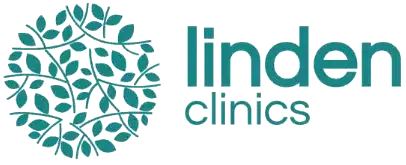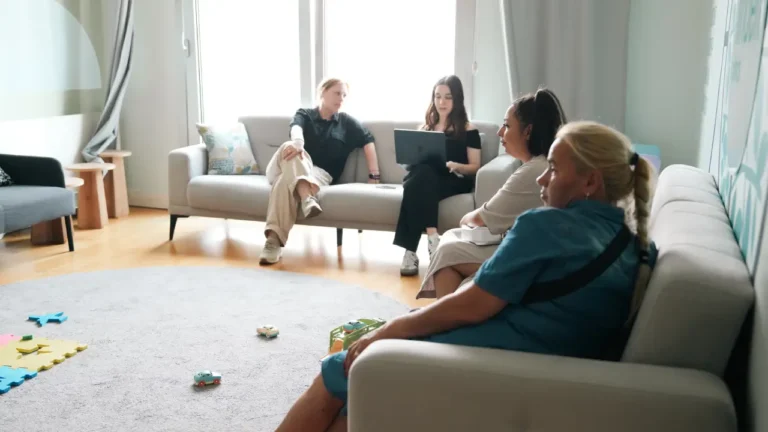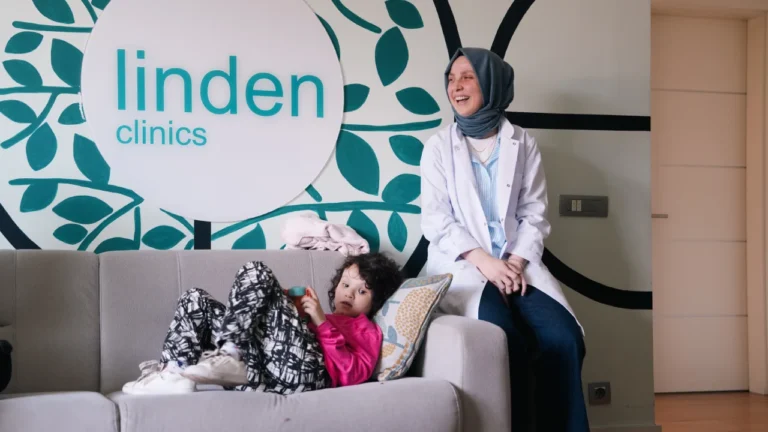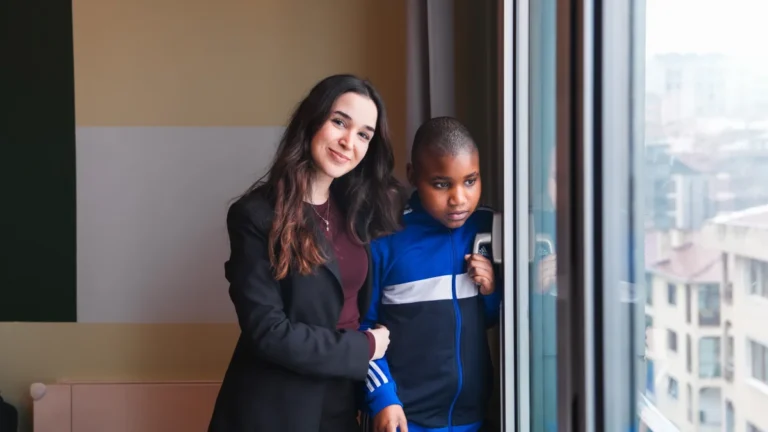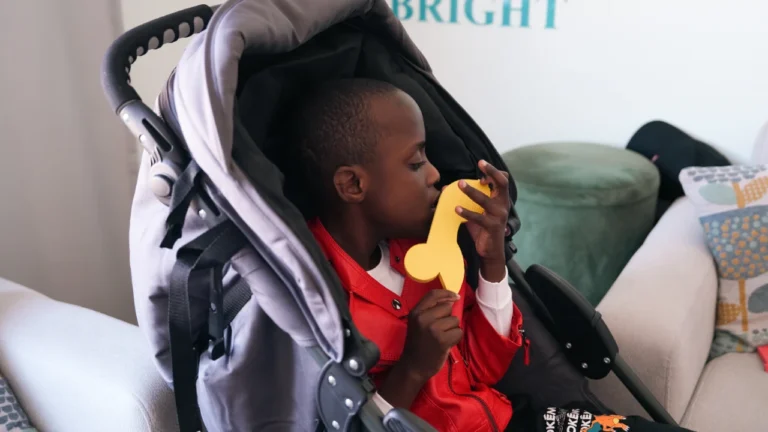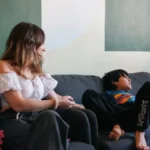The Best Fluffy Pancakes recipe you will fall in love with. Full of tips and tricks to help you make the best pancakes.
Table of Contents
Autism as a Spectrum
Autism Spectrum Disorder (ASD) is not a single condition, but a diverse spectrum with different presentations. Before the DSM-5 grouped them under the umbrella term “ASD,” clinicians recognized four subtypes of autism. Understanding these distinctions helps parents, educators, and professionals tailor interventions.
Alongside traditional therapies, innovative treatments like stem cell therapy for autism are being explored to support developmental progress. Families often look at Stem Cell Therapy for Autism Reviews, clinical trials, and success stories to understand how treatments might apply across different subtypes.
1. Autistic Disorder (Classic Autism)
Features:
- Significant delays in language development.
- Challenges with social interaction.
- Repetitive behaviors and restricted interests.
Supportive Approaches:
Children diagnosed with classic autism often benefit from speech therapy, occupational therapy, and behavioral interventions. Some families also explore Stem Cell Therapy Autism Research, where studies suggest possible improvements in attention and communication.
2. Asperger’s Syndrome
Features:
- Average to above-average intelligence.
- Strong language skills but difficulty with social cues.
- Intense focus on specific interests.
Supportive Approaches:
Interventions often emphasize social skills training, cognitive behavioral therapy, and academic support. Adults with Asperger’s have also been included in Stem Cell Therapy Autism Clinical Trials, though more research is needed to measure long-term outcomes and success rates.
3. Pervasive Developmental Disorder – Not Otherwise Specified (PDD-NOS)
Features:
- Milder symptoms than classic autism.
- May not meet criteria for Asperger’s or autistic disorder but still show developmental challenges.
- Varied presentation, making individualized care essential.
Supportive Approaches:
Because of the diversity in symptoms, personalized care plans are critical. Families searching for the best stem cell clinics for autism often ask whether stem cell therapy can address mixed or subtle symptom profiles.
4. Childhood Disintegrative Disorder (CDD)
Features:
- Normal development for the first 2–3 years.
- Sudden, significant loss of language, motor, and social skills.
- Rare and often associated with neurological conditions.
Supportive Approaches:
Treatment usually combines intensive behavioral therapy with medical evaluations. Families often seek emerging treatments, asking about the cost of stem cell therapy for autism or its potential benefits in severe regressions.
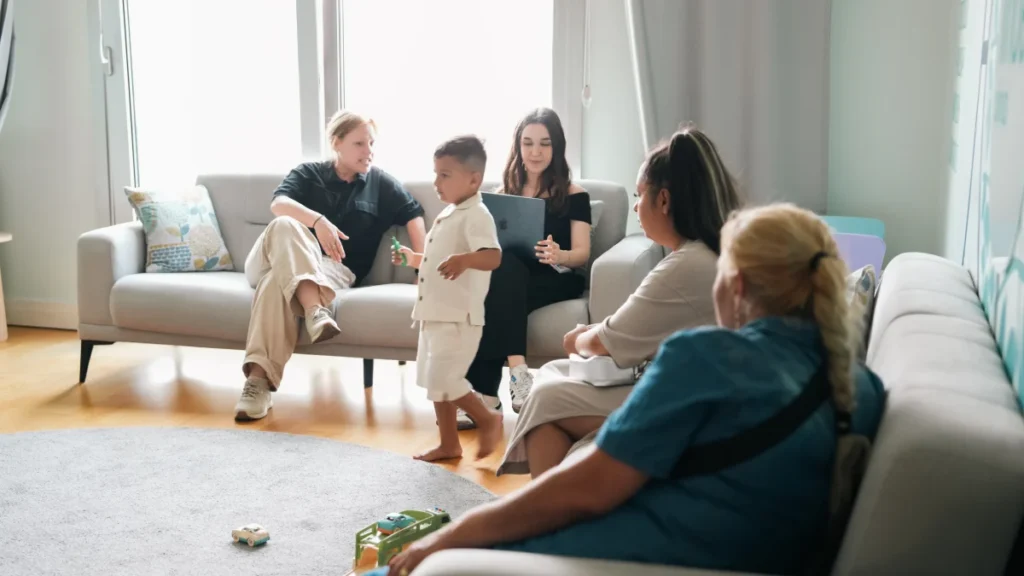
Stem Cell Therapy Across Autism Subtypes
The role of stem cell therapy is still under investigation. Research suggests potential benefits in reducing neuroinflammation and improving communication. Families report mixed but promising outcomes in stem cell therapy success stories autism, while scientists call for more controlled trials to clarify how effective is stem cell therapy for autism across subtypes.
Conclusion: One Spectrum, Many Paths
Though modern diagnostics group autism into one spectrum, understanding its four subtypes helps families recognize different needs and treatment options. From behavioral therapy to medical innovations like stem cell therapy for autism, a personalized approach remains the best path forward.
👉 If you are considering advanced therapies, explore Stem Cell Therapy Autism Reviews, consult medical professionals, and seek reputable clinics that prioritize both safety and research.
